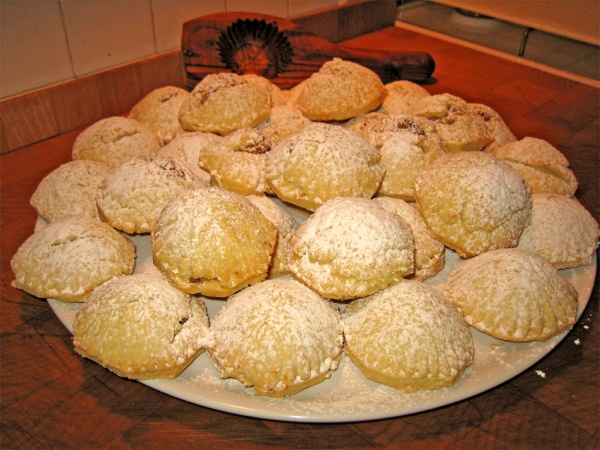Facts About Ma'amoul
Ma'amoul is a cherished Arab pastry, often filled with dates, nuts such as pistachios, walnuts, or almonds, and occasionally figs. These delightful treats are traditionally prepared a few days before major holidays like Christmas, Easter, or Eid. They are then stored to be served alongside Arabic coffee and chocolate to holiday guests. Ma'amoul is enjoyed throughout the Arab world, particularly in the Arabian Peninsula.
These cookies come in various shapes—round, domed, or flattened—and can be either hand-decorated or crafted using special wooden molds. When filled with dates, they are sometimes called "maneenas" and can even take the form of date rolls.
The word "Ma'amoul" originates from the Arabic verb 'amala, meaning "to make." While these pastries are enjoyed year-round, they hold a special significance during religious festivals. For Muslims, Ma'amoul is a staple during Ramadan, Eid al-Fitr, and Eid al-Adha. Arab Christians and Greeks relish them before Lent, on Easter Sunday, and during the Feast of Epiphany. Occasionally, these cookies are marked with a cross or shaped into rings symbolizing the crown of Jesus. They are also a favorite in Syrian, Lebanese, and Egyptian Jewish communities, where variations are enjoyed during Purim, Rosh Hashanah, and Hanukkah.
An elaborate version of Ma'amoul known as Karabij (or Kerebiç in Turkish) is reserved for special occasions. In this version, nut-filled Ma'amoul balls are stacked into a pyramid and served with a white cream called Naatiffe, made from egg whites, sugar syrup, and soapwort. Karabij is particularly popular in Syria, Lebanon, and other Levantine countries.

 Israel
Israel